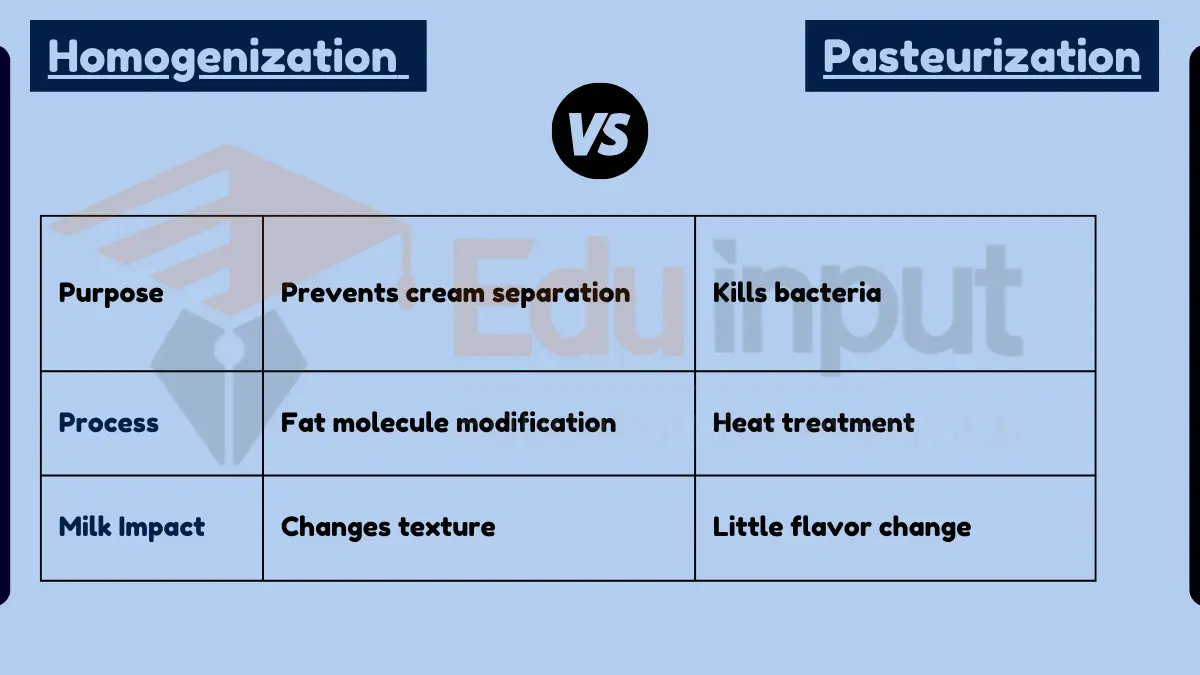Difference Between Electrodeposition and Electrophoretic Deposition
Key Difference
Electrodeposition and electrophoretic deposition are both electrochemical processes used for applying materials to a substrate, but they operate through different mechanisms and are used for different applications.
Electrodeposition, also known as electroplating, involves the reduction of ions from a solution to form a coherent metal coating on a conductive surface. It is commonly used for plating metals for corrosion protection, aesthetic purposes, or to add specific properties to a surface.
Electrophoretic deposition, on the other hand, involves the movement of charged particles towards a substrate in an electric field, where they deposit and form a layer. This technique is widely used for applying paints, coatings, and in the fabrication of ceramics and composites.
Comparative Analysis
- Mechanism:
- Electrodeposition: Involves the reduction of cations from a solution onto a conductive surface.
- Electrophoretic Deposition: Uses an electric field to move charged particles in a suspension to a substrate.
- Applications:
- Electrodeposition: Metal plating, corrosion resistance, enhancing electrical conductivity.
- Electrophoretic Deposition: Coating, painting, and fabrication of ceramics and composites.
- Types of Materials Deposited:
- Electrodeposition: Metals and alloys.
- Electrophoretic Deposition Paints, ceramics, organic polymers.
- Substrate Requirements:
- Electrodeposition: Requires a conductive substrate.
- Electrophoretic Deposition: Can be used on both conductive and non-conductive substrates.
- Finish and Uniformity:
- Electrodeposition: Generally provides a uniform and smooth finish.
- Electrophoretic Deposition: Can achieve uniform coatings, especially on complex geometries.
Table Summary OF Electrodeposition vs Electrophoretic Deposition
| Feature | Electrodeposition | Electrophoretic Deposition |
|---|---|---|
| Mechanism | Reduction of cations from a solution | Movement of particles in an electric field |
| Applications | Metal plating, corrosion protection | Coatings, ceramics, painting |
| Materials Deposited | Metals and alloys | Paints, ceramics, polymers |
| Substrate | Conductive surfaces | Conductive and non-conductive |
| Finish | Uniform, smooth | Uniform, suitable for complex shapes |





Leave a Reply